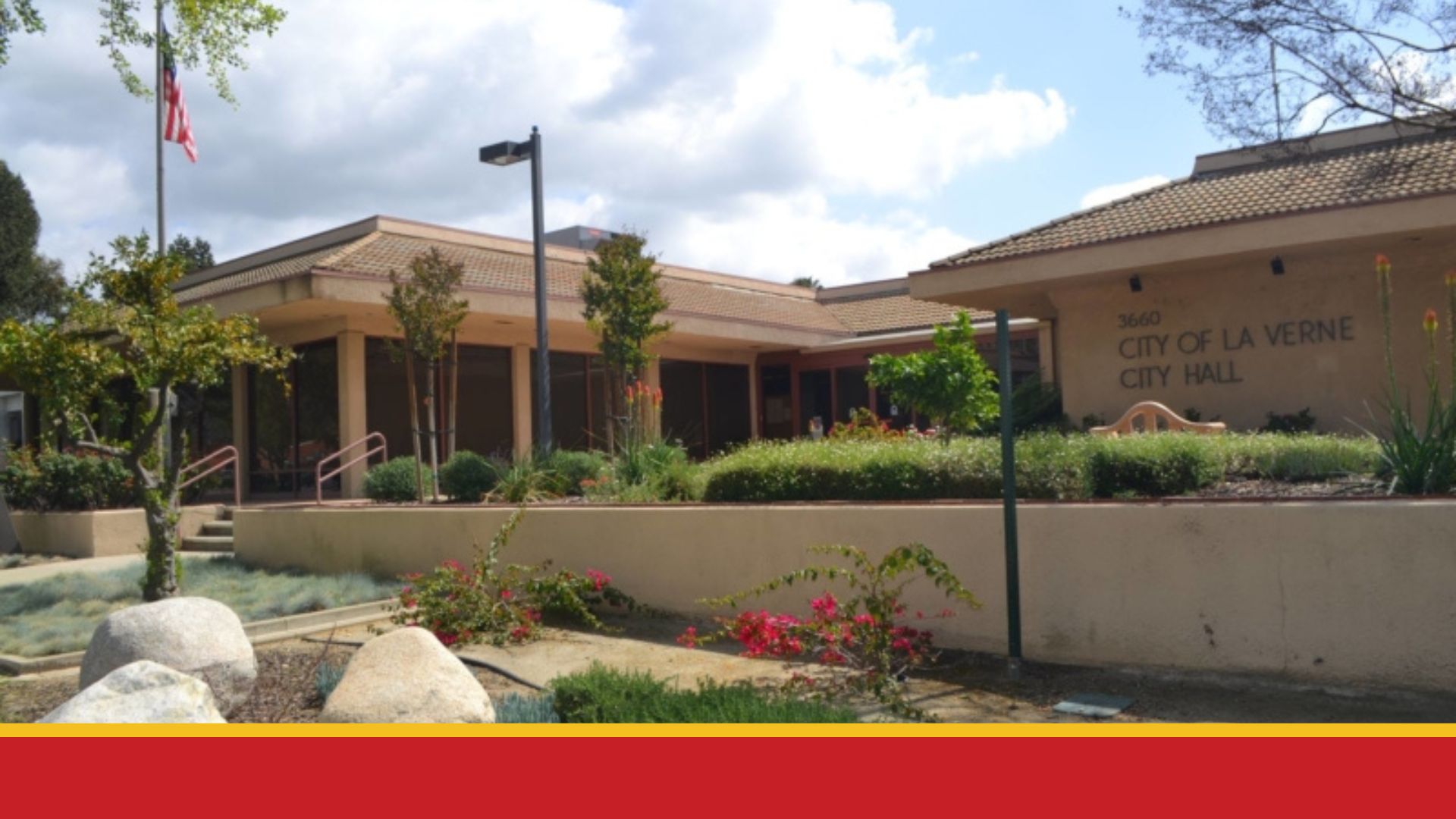 The La Verne City Council held the third districting public hearing this week to review and discuss resident-generated district maps. Based upon demographer analysis, public feedback and council discussion, the Council requested map revisions to be brought back for review and highly encouraged residents to draw and submit additional draft maps by the submission deadlines.
The La Verne City Council held the third districting public hearing this week to review and discuss resident-generated district maps. Based upon demographer analysis, public feedback and council discussion, the Council requested map revisions to be brought back for review and highly encouraged residents to draw and submit additional draft maps by the submission deadlines.
In order for draft district maps to legally be considered by the La Verne City Council at the final hearing on November 15, maps must be posted to the districting website by November 8. Since DistrictR is an online platform and draft maps are publicly available once submitted, the deadline for residents using this mapping tool has been extended to give residents additional time to draw maps. DistrictR maps can be worked on throughout the weekend and must be submitted by November 8 at 8 a.m. To allow the City’s demographer to process hand-drawn paper map submissions in time for them to be posted to the website by the legal deadline, paper maps must be submitted by this Friday, November 5. Residents are welcome to utilize both the paper mapping tool options and DistrictR to submit four or five district maps, as well as submit comments about their maps via the districting website’s contact page.
While residents can technically submit maps and feedback while attending or participating in the November 15 hearing, as with any type of public comment during a council meeting, the information can be heard but not acted upon by Council at that time. Therefore, La Verne residents wishing to have their draft maps formally considered by the La Verne Council should submit their maps by the previously stated deadlines.
The City’s demographer, National Demographics Corporation (NDC), will process and analyze all resident-submitted maps that are submitted by the previously outlined deadlines. These maps and NDC’s analysis will be presented to Council at the next hearing. Additionally, based on Council direction, NDC will also present four and five-district map options for review at the November 15 public hearing. As stated during this week’s hearing, if the Council were to consider a four-district system with a mayor elected at-large they will need to weigh the consequences of such a decision including the possibility that it could dilute certain communities of interest.
Additionally, the original resolution unanimously adopted by the La Verne City Council which initiated the districting process was done so with the intent of creating five districts, resulting in a rotating mayor. Like the City’s current form of government under the municipal code, all five elected positions—four council members and a mayor—would possess the same voting power and collaborate to carry out policy direction.
At the November 15 public hearing, where residents can participate either virtually or in-person, the La Verne City Council will consider the selection of a preferred district map, provide direction on election sequencing and potentially introduce the ordinance that establishes by-district elections. The City would need to adopt a district map and pass the ordinance by the December 15, 2021 deadline based on State law.
Districting is the process where district lines are drawn within a city for the purposes of electing a city council member. Districting determines which neighborhoods and communities are grouped together into a voting district. Fair, representative districts help ensure that elected officials will be responsive to the voters in their communities. Drawing district lines occurs every 10 years following the release of the Census results. Should the La Verne Council decide to adopt the by-district ordinance, La Verne voters would vote for one city council member who lives in their district instead of voting for all city council members.





